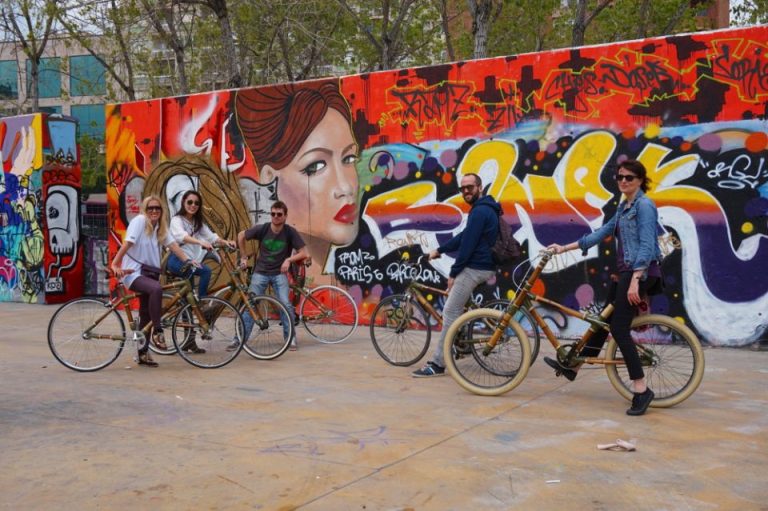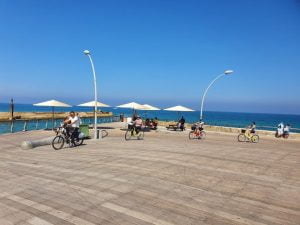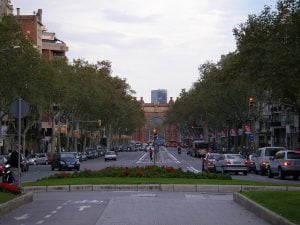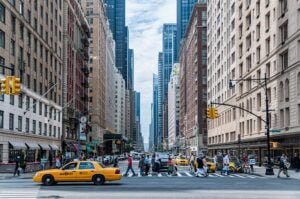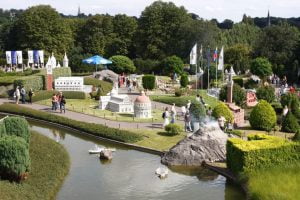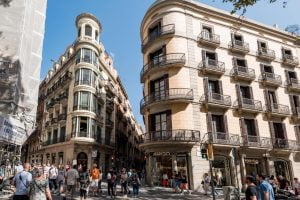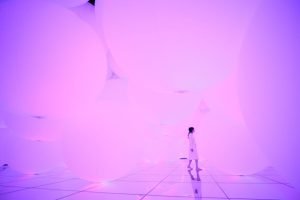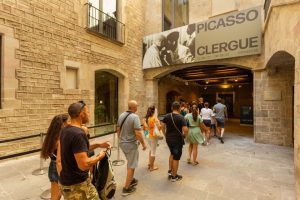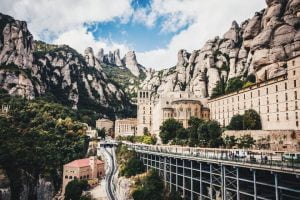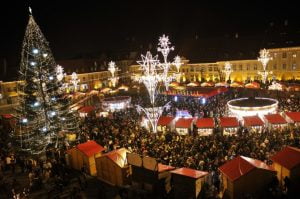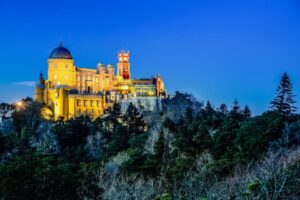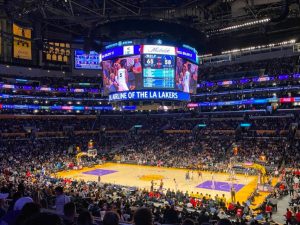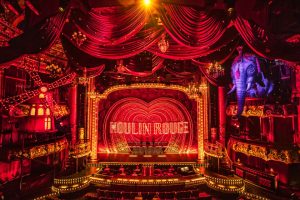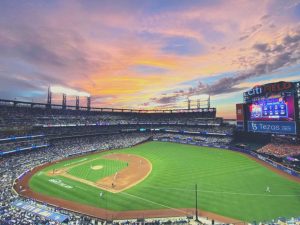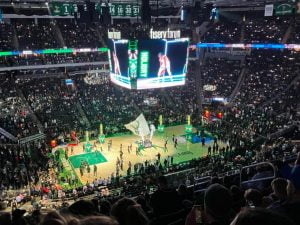The El Raval neighborhood in Barcelona is a lively and edgy area that has undergone a significant change over the years. Renowned for its diversity, rich history and contemporary urban culture, Raval also serves as a canvas for street artists who express their creativity on its walls. On this tour, discover the mesmerizing world of street art and graffiti that makes Rabal even more unique.
1. Start at Rambla del Raval
Start your tour in the wide, tree-lined Rambla del Raval. Before diving into the street art, take a moment to admire Oscar Tusquets' famous bronze cat sculpture. From here, make your way into the heart of Raval, keeping your eyes open for unexpected works of art.
2. Carrer de la Riera Baixa
This street is known for its alternative vibe, vintage stores and record stores. As you wander, look for murals and small pieces of graffiti adorning shop windows, doorways and side walls. Often, the street art here changes frequently, reflecting the ever-evolving spirit of Raval.
3. Carrer de Joaquín Costa (Carrer de Joaquín Costa)
As one of the most vibrant streets in the Raval, Carrer de Joaquin Costa is not only bustling with bars and restaurants but also displays some iconic pieces of street art. The walls here are a testament to local and international artists who have made their mark.
4. Plaça de la Gardunya - Plaça de la Gardunya
Behind the famous Boqueria market, this square is surrounded by buildings that are canvases for larger-than-life murals. From political statements to abstract art, the square provides a visual treat for those interested in urban art culture.
5. Park of the Three Chimneys (Parc de les Tres Xemeneies)
Located near the harbor end of Parallel Avenue, this park is a legal graffiti zone, making it a dynamic place where you can often find artists at work. The art here is always fresh and reflects countless styles and messages.
6. Carrer dels Tallers
This street runs parallel to La Rambla and offers a mix of music stores, alternative boutiques and significant street art. The murals here are often collaborative, and display a mix of styles and techniques.
Summary:
End your tour at the MACBA (Barcelona Museum of Contemporary Art). Even if you don't enter the museum, the plaza outside is a popular spot for skateboarding and often features temporary graffiti, making it a fitting end to exploring Rabal's street art.
tips:
If you are a keen photographer, make sure you have enough battery and storage as the artworks are incredibly photogenic.
Street art, by its nature, is ephemeral. What you see today may be replaced by a new creation tomorrow. This dynamic quality is part of the allure of street art culture.
Consider hiring a local street art guide or joining a group tour. They can provide deeper insights into the artists, techniques and stories behind the art.
Note: Always respect the art and its surroundings. Remember that while street art is a form of expression, vandalism or defacing property without permission is illegal. Enjoy your colorful journey through Rabal!
Historical significance of the Rabal district
Beginnings of the Middle Ages: Originally outside the city walls, Rabal housed the first industries, hospitals and monasteries. It developed a reputation for foreigners, laborers and artisans.
Modern transformation: in the 20th century, with the growth of Barcelona, Raval was nicknamed "Barrio Chino" (China Town) not because of a significant Chinese population but because of its somewhat shady bohemian character.
Notable attractions
MACBA (Museum of Contemporary Art of Barcelona): Designed by the American architect Richard Meier, MACBA stands as a modern icon against the historical background. Besides the impressive collection of contemporary art, the square outside is a hotspot for skateboarders.
La Boqueria Market: Officially known as the Mercat de Sant Josep de la Boqueria, this bustling market offers a sensory overload, from fresh produce and meats to local delicacies.
Rambla del Raval: Unlike the crowded La Rambla, Rambla del Raval offers a more relaxed atmosphere, lined with palm trees and cafes. The giant bronze cat statue by Oscar Tusquets is a popular photo spot.
El Gato de Botero: This massive bronze cat statue has become an iconic piece of the Raval landscape.
Palau Güell: One of Antoni Gaudi's early masterpieces, this mansion displays his trademark architectural brilliance.
Antic Hospital de la Santa Creu: a magnificent Gothic building that was once used as a hospital, now houses the Library of Catalonia.

